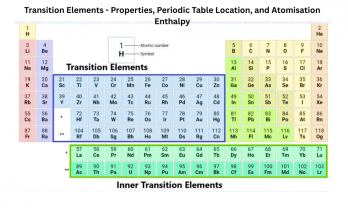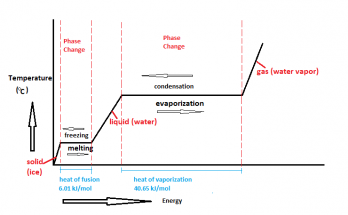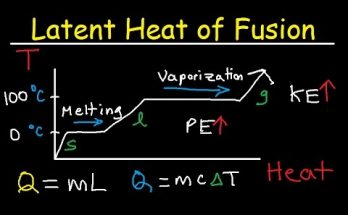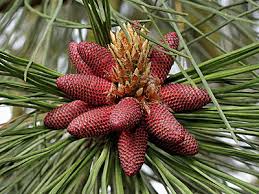
The Periodic Table of Elements: What It Is and How It Works
The periodic table is a scientific chart that organizes elements by atomic number and reveals patterns in chemical behavior. It helps explain how atoms bond, react and form substances. From noble gases to alkali metals, each group shares unique properties, all guided by electron structure-a key to understanding the elements of the universe.
The Periodic Table of Elements: What It Is and How It Works Read More



